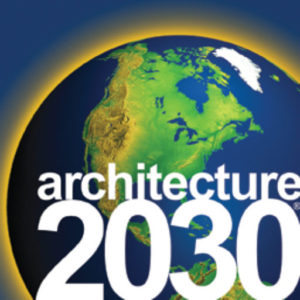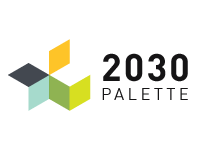Achieving Zero: The “How-to” Framework and Toolkit for Cities
/in Announcements, Featured Project, International, Latest Thought Leadership, Research & Analysis/by arch2030Introducing Achieving Zero: a “how-to” framework and a set of tools to enable cities and sub-national governments (state, provincial, and regional) to achieve crucial emissions reduction targets in the building sector.
2030 Palette
/in 2030 Palette, Featured Project/by davidmInterconnected actions for the planning and design of sustainable and resilient built environments.
2030 Districts
/in Featured Project/by davidm 2030 Districts are unique private/public partnerships in designated urban areas across North America committed to reducing energy use, water use, and transport emissions
2030 Districts are unique private/public partnerships in designated urban areas across North America committed to reducing energy use, water use, and transport emissions
Overseen by Architecture 2030, 2030 Districts are in the vanguard of grassroots collaborative efforts to renovate hundreds of millions of square feet of existing buildings and construct high-performance infill development and redevelopment.
2030 Districts bring property owners and managers together with local governments, businesses, and community stakeholders to provide a business model for urban sustainability through collaboration, leveraged financing, and shared resources.
 Together they benchmark, develop, and implement creative strategies, best practices, and verification methods for measuring progress towards a common goal: the targets called for by Architecture 2030 in their 2030 Challenge for Planning.
Together they benchmark, develop, and implement creative strategies, best practices, and verification methods for measuring progress towards a common goal: the targets called for by Architecture 2030 in their 2030 Challenge for Planning.
With over 290 million square feet of commercial building space, 2030 Districts are rapidly emerging as a new model for urban sustainability.
Districts in fifteen large cities – Seattle, Cleveland, Los Angeles, Pittsburgh, Denver, San Francisco, Stamford, Dallas, Toronto, Albuquerque, San Antonio, Grand Rapids, Austin, Portland ME and Ithaca – comprising over 290 million square feet are currently being transformed, and the number of Districts is continuing to grow – this is how vision is becoming reality.
ABOUT US
Architecture 2030’s mission is to rapidly transform the built environment from the major contributor of greenhouse gas emissions to a central solution to the climate crisis.






